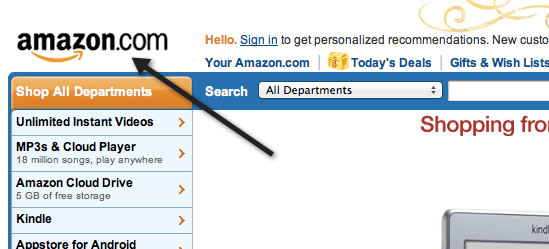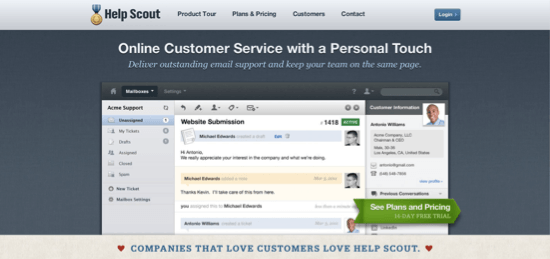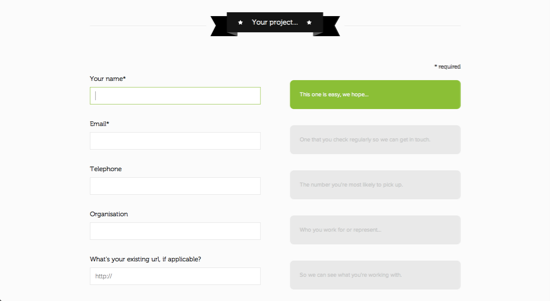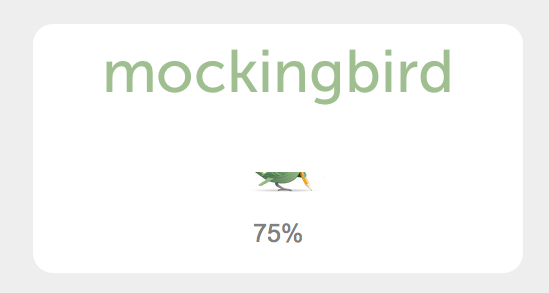Do something for me. Stand in front of the mirror and just look at your physical beauty. Can you imagine the immense amount of thought that would have gone into designing something as complex as a human being? I believe in evolution, and if you look at it, it looks a lot like the process a design might use to get to a final design. Imagine how the first human being came into existence. Think about how Earth was designed in a manner that it will have day and night. Humans were designed to work during the day and rest (as in sleep) during the night. Can you see how every design of nature relates to each other? Every design is so beautifully crafted that you won’t notice anything unless you actually look at it the way I want you to. Design is such an integral part of everything that it must be taught to humans from the time they start school. It is simply mandatory.
So, why a complete article on this topic?
Agreed. Why would I want to write a 1200+ word article on a simple to understand topic? Well, I want to because we might understand the importance of design, but somehow we haven’t implemented it in our education system yet.
Look, I am not sure if your country (or your school) teaches design to every student or not, but believe me this isn’t very common. Most educators still think along the lines of – “Teach design to a science student? Are you crazy?” – which, really, is not at all that weird. Actually, I understand their issues, this example here sounds a bit unrealistic doesn’t it?

I want to put forth one more point before I move forward. I agree that the readers of 1WD have very little free time, but it is my sincere request that you read this article. True designers are hard to find and the time is very near when all that we will have are designers who imitate someone else’s design. We have to pave way for the real designers and innovators.
At Least Teach Design Thinking?
One needs to understand the thought process that is involved in design in order to come up with original designs. Design is an art that truly cannot be taught, but what one can teach is the design process. This approach which might help the other to develop an eye for true designs.
I imagine a world where every school teaches designing. It need not reside in a particular school. Rather, every school should understand the creative reasons behind design teaching and bring design into their daily teaching process.

Be it a science student or a Math student, one must understand the importance of Design Thinking. What is the fun in being a science student when you cannot relate to the beauty of Pluto’s cold temperature or Amoeba’s style of multiplying itself. Also, what is the fun in being a Math wizkid when you haven’t yet mastered the art of calligraphy? Remember that each curve and each bent in lines has a fixed angle. Calligraphy isn’t as easy as it might look like. Angles matter a lot and who could be a better student than a Math wizard when it comes to angles?
So, What is Design Thinking?
Design Thinking will not be a topic of discussion that you can find in books. There is nothing like D-school (though they have started to pop-up nowadays) like our B-schools.
- Design Thinking is something that will integrate your imagination with the strategy to do work. This is when your eyes will start looking at things from a totally different perspective. This is when you become super comfortable even when you are lost in a new world. You will be able to find something that will interest you even in the most weird places possible. It will be this thought process that will give birth to ideas and lead you into paths beautifully unknown.
- Design Thinking is the art of finding something useful even when there is a scarcity of resources. It creates meaning out of everything and gives life a direction. Design Think generates interest in the dull (and documented) approach of doing things.
- Design Thinking is something that will help one to visualize the unimaginable. The power to asses the most complex data available. The art of juvenile approach to life.
- As I said earlier, Design Thinking is a process that cannot be completed in one day. It arises from the need of the hour where the pre-defined process is either outdated or not applicable. In such conditions it will be the instant ideas that will help you out and it will be a brain educated to under design process that will help you out in such scenarios.
- Lastly, Design Thinking is the process of feeling the core of everything. You can actually sit in the center of the problem and understand the root cause before giving out solutions.

But, Only Design-Thinking Won’t Do!
All this time I was preparing you for the real thing. If you are still sticking around then let us dive into the last section of our discussion which will actually make more sense to all of us.
We started with Design Thinking as that was the first step into the world of Design Learning. But, that is just a step. I agree that Design is the art of finding meaning in haystack but that isn’t it. Design is a lot more than just vague ideas popping out of nowhere. Visit the Vatican once and you will know how complex designs can a human mind generate. They just keep getting better with every passing minute in the Vatican.
Installing the craze for Design Thinking is like giving a dream to an aimless child. You cannot just ask the child to dream, can you? Rather, you have to help the child understand the process which will help him achieve that dream. Get the point? This is where it becomes important to enhance the teaching process. Like, including the process of crafting along with thinking.
Let me pick up the example of Math student once again. You opened the eyes of that Math student towards Design Thinking but do you think he will be able to love Designing unless he knows how to actually design? This is when the overall process of creating typography comes in. You taught Design Thinking. Now teach Designing.
What I am trying to convey is that we are not looking for MBA style designers who can sell any design but aren’t aware of how to bring that design to life. We aren’t discussing the process of creating Design Leads or Design Managers. Rather, we are dreaming to create Designers who can be their own leaders. Their own inspiration. Be Raw. Real.

Conclusion
My idea behind this article was the hint that I have been getting lately. The attention to detail seems to have lost in D-schools and upcoming designers. They concentrate more and more on hefty paychecks and less on jaw dropping designs. What we are searching for here are those new genre of designers who are meaningful and who make some sense. I ain’t looking to generate glossy flash artists. Rather, I am looking for staggering designs by stunning designers. Let’s be stylish. What say?










































